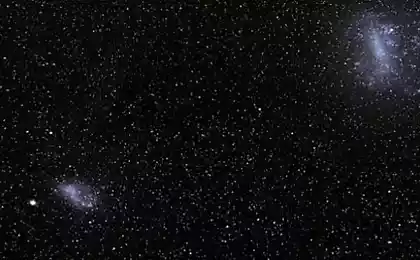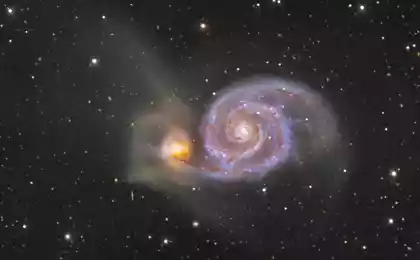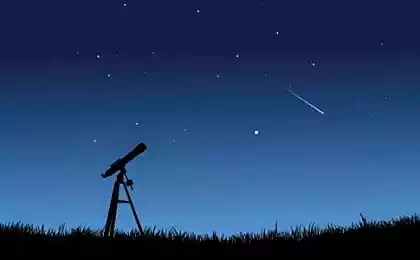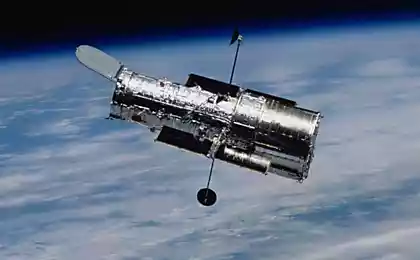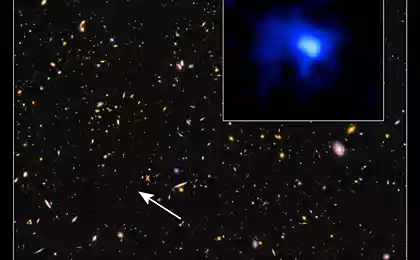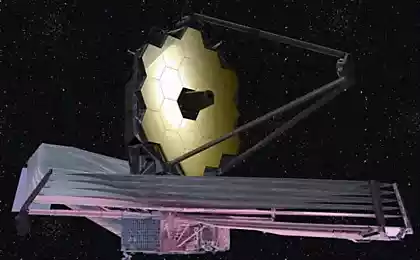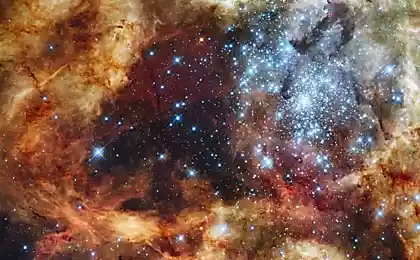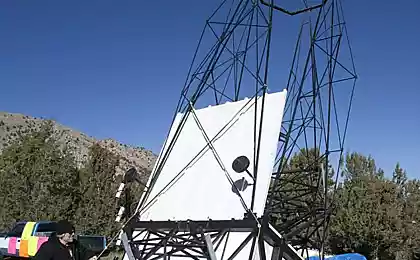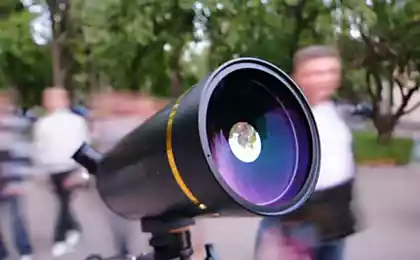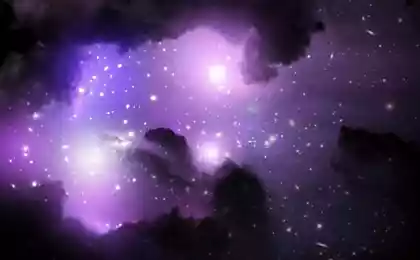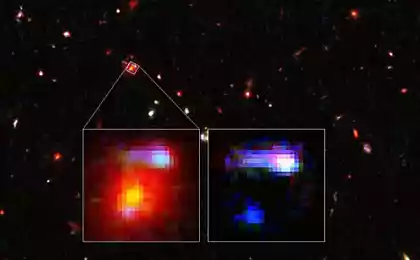1648
Telescope "Spitzer"
Before you - ten stunning photographs obtained with the telescope "Spitzer". Ten years ago, the carrier rocket "Delta II» orbited space telescope "Spitzer", which became the fourth largest observatory in space. Use the "Spitzer" scientists studied comets and asteroids, stars considered, and, above all, discovered buckyballs - carbon spheres that are crucial for the formation of stars.
An infrared image shows Helix Nebula, located in the 700's light years from Earth in the constellation Aquarius
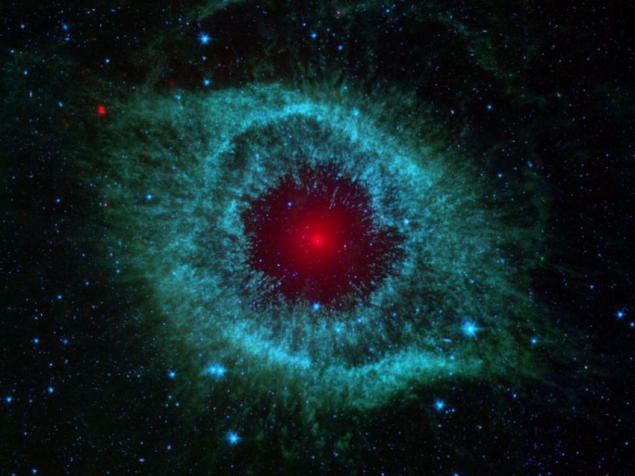
In Carina Nebula is Eta Carinae - a massive star the size of our sun 100
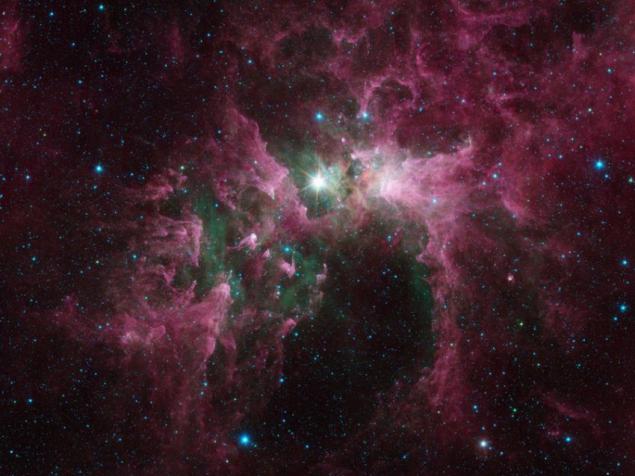
Light two extremely bright stars streaming through the greenish fog composed of carbon and hydrogen. Such compounds are found here on Earth, in automobile exhaust
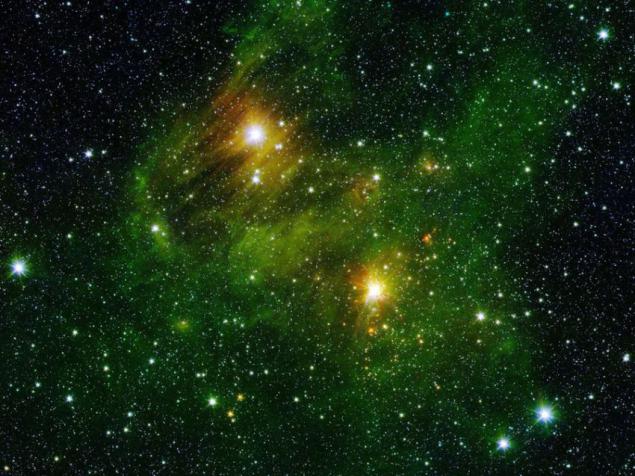
It is against the background of the formation of the Crab Nebula is the remains of a beautiful star, previously located in the constellation Taurus and ceased to exist in 1054, the year BC. e.
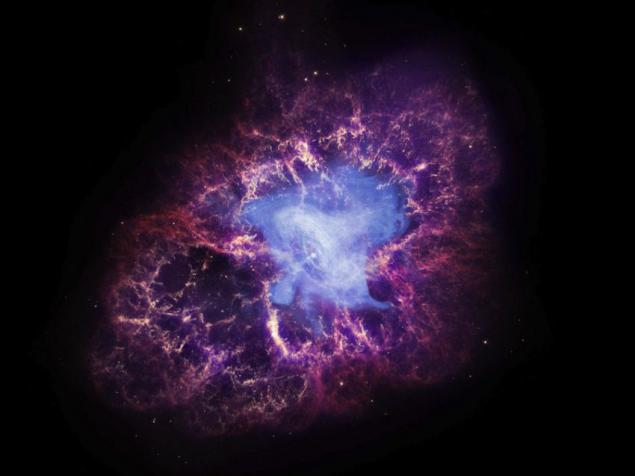
In this dark cloud in the Rho Ophiuchi is more than 300 tons of newborn stars. This is one of the closest to our solar system, star forming regions
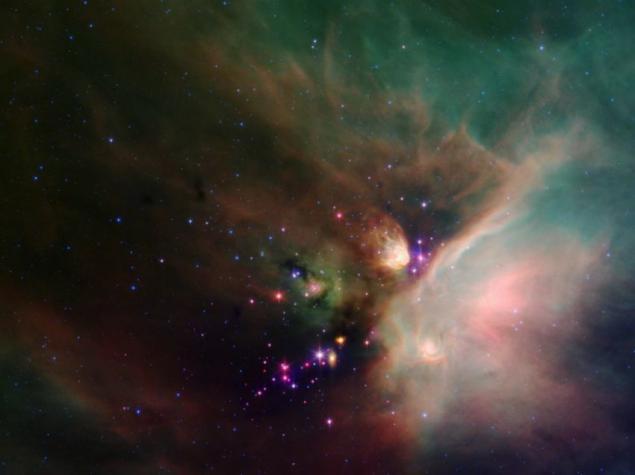
"Spitzer" caught in the frame of the two entangled "tentacles" of galaxies
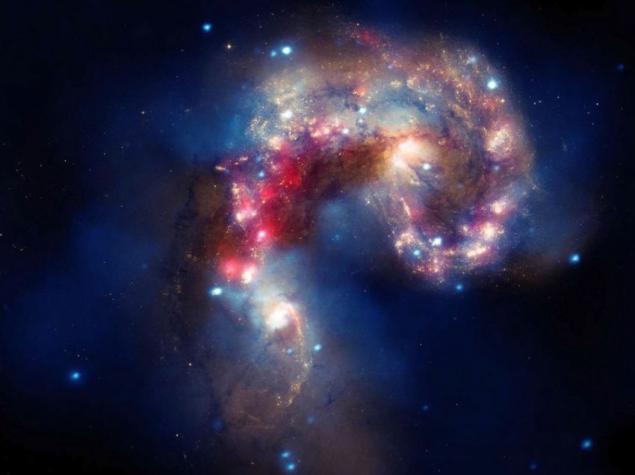
Powerful winds and intense radiation surrounding supermassive stars create large columns of gas and dust, visible at the edges of the photo
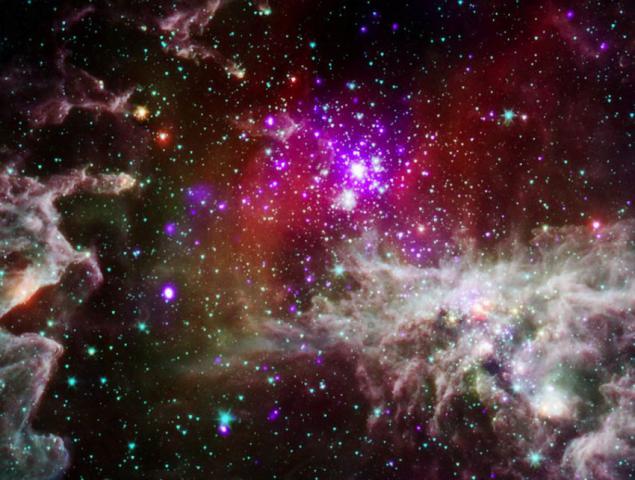
M33 - one of the closest to our own Milky Way galaxy. It is located approximately 2, 9 million light-years away
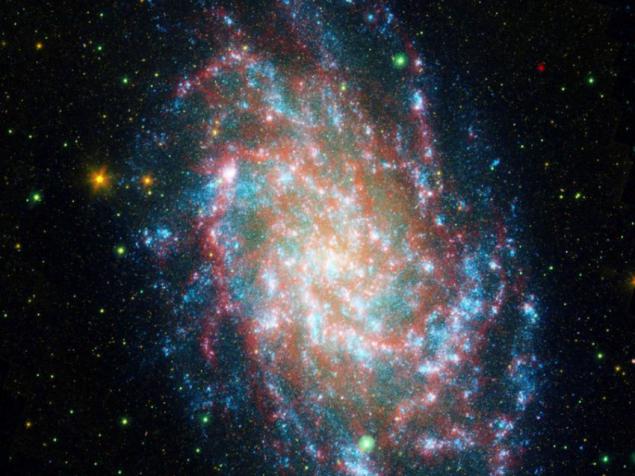
This is a new star in the constellation Orion. Astronomers suspect that shockwaves from a supernova, about three million years ago initiated its birth

"Flame" in the Large Magellanic Cloud galaxy - are actually giant ripples of dust extending hundreds of light years
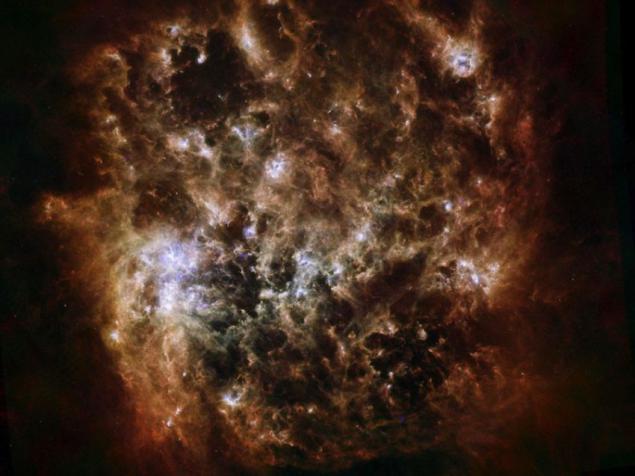
Source: www.astronet.ru
An infrared image shows Helix Nebula, located in the 700's light years from Earth in the constellation Aquarius

In Carina Nebula is Eta Carinae - a massive star the size of our sun 100

Light two extremely bright stars streaming through the greenish fog composed of carbon and hydrogen. Such compounds are found here on Earth, in automobile exhaust

It is against the background of the formation of the Crab Nebula is the remains of a beautiful star, previously located in the constellation Taurus and ceased to exist in 1054, the year BC. e.

In this dark cloud in the Rho Ophiuchi is more than 300 tons of newborn stars. This is one of the closest to our solar system, star forming regions

"Spitzer" caught in the frame of the two entangled "tentacles" of galaxies

Powerful winds and intense radiation surrounding supermassive stars create large columns of gas and dust, visible at the edges of the photo

M33 - one of the closest to our own Milky Way galaxy. It is located approximately 2, 9 million light-years away

This is a new star in the constellation Orion. Astronomers suspect that shockwaves from a supernova, about three million years ago initiated its birth

"Flame" in the Large Magellanic Cloud galaxy - are actually giant ripples of dust extending hundreds of light years

Source: www.astronet.ru
